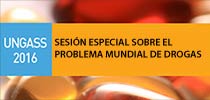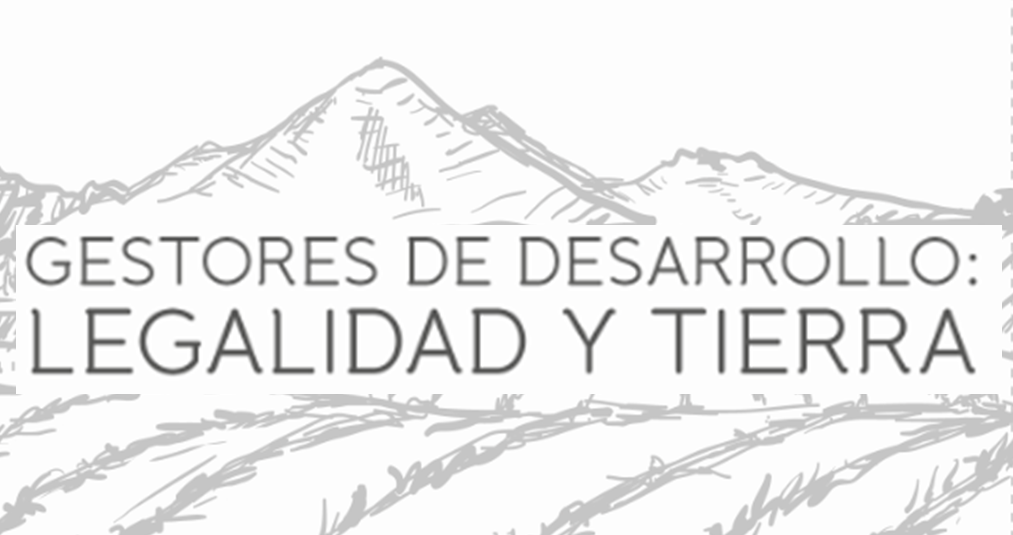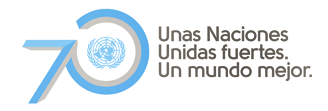Once a gun, now a desk
By Sandra Botero, UNODC Country Office in Colombia
Translated from Spanish by Cheryl Brooks, UNOV
A magnet as large as a king-size bed descends slowly onto a web of iron and steel in the town of Escuintla, two hours from the capital of Guatemala. As the magnet approaches the ground, hundreds of piled-up firearms stick to it. The magnet carries them to a set of giant ladles, which in turn tip them into a pool of white-hot liquid metal, where they immediately disappear.
Those 6,377 firearms were destroyed on the afternoon of 17 March 2010 in an important symbolic act that accompanied the launch of a joint programme between UNDOC and the Government of Guatemala (for more on the programme, see boxed text).
The metal extracted from the meltdown will be processed by the Escuintla iron and steel works - one of the most specialized plants of its kind in Latin America - for use in the manufacture of agricultural tools, park benches and school desks, and possibly the erection of a monument. These objects will bear testimony to the conversion of means of destruction into life-promoting goods.
A United Nations observer group was present at the melting as part of efforts by the Government of Guatemala and its Firearms Control Department to ensure the transparency of the process. The group was accompanied by Colombian expert Luz Elena Restrepo, justice and security adviser for the UNODC office in Colombia.
Luz Elena was trained at Scotland Yard in intelligence analysis and received training in investigation at the FBI Academy in Quantico, Virginia. She has also worked with the International Criminal Police Organization (INTERPOL) in Lyon, France. A petite blonde barely five feet tall, she inspected some of the firearms and provided advice on making their destruction safe, including how to ensure that the weapons contained no ammunition that could explode.
Luz Elena thinks that "all illegal weapons should be melted down. That is the only way to ensure that they disappear physically from the environment and that their destructive capacity is eliminated. During inspections in Colombia, for example, I have come across firearms that date back more than 100 years and that still work and can do harm. It's also good that the weapons are being transformed into tools for life.
"As you watch those 6,337 illegal firearms disappear and as you listen to the crackling of the furnace, you feel moved because the same number of lives - and more - are being saved."
The programme
On 17 March 2010, Álvaro Colom, President of Guatemala, and UNODC Executive Director Antonio Maria Costa signed a document approving the official launch of the National Integrated Programme on the Strengthening of the Rule of Law, Security and Justice in Guatemala, with emphasis on criminal justice, police reform, the fight against corruption, firearms control, prison reform, cybercrime and trafficking in persons.
The programme supports the activities being carried out by the International Commission against Impunity in Guatemala (CICIG) and the Central American Integration System (SICA) and will be supplemented by the forthcoming establishment by UNODC in Guatemala of a centre of excellence on research into organized crime.
The centre will support the development of applied research, data gathering and analysis of crime trends and will also serve as a facility for the training of national and regional authorities in combating organized crime. It will be part of a regional network of centres of excellence on, in particular, urban crime prevention (in El Salvador), maritime security (in Panama) and drug demand reduction and prison reform (in the Dominican Republic).




